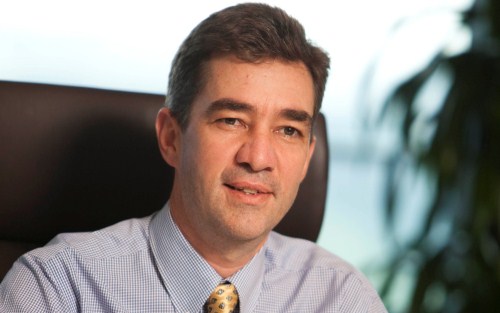
Africa may be better off building mobile broadband networks using evolved high-speed packet access (HSPA+) technology rather than leaping to next-generation long-term evolution (LTE) networks immediately.
That’s the view of James Munn, vice-president of business development at the SA arm of wireless telecommunications research and development company Qualcomm.
Operators worldwide have begun rolling out networks based on LTE but Munn believes it makes more sense to deploy HSPA+ networks in the 900MHz band than rushing into LTE deployments.
Countries such as the US and Taiwan are a long down the road in building LTE networks. Munn says Verizon, a US operator, launched 10 new LTE-supported devices at technology show CES in Las Vegas earlier this year. Qualcomm develops chipsets for mobile phones that support various technologies. It introduced its first LTE chips in 2009.
SA telecoms operators are also now starting to discuss the possibility of rolling out their own LTE networks using spectrum in either the 2,6GHz band, which should go on auction sometime this year, or the 800MHz band, which will become available in about three years when broadcasters migrate from analogue to digital terrestrial television.
LTE has been hailed as a solution for bringing broadband to a much wider audience of African consumers. However, Munn says the continent’s operators would do better focusing their energies on “refarming” spectrum they already have access to in the 900MHz band to deploy faster broadband.
Cell C was the first SA provider to refarm its spectrum in 900MHz, a band traditionally used for GSM voice. “Cell C was very clever to refarm this spectrum — it will have amazing broadband coverage by the time it is complete,” says Munn.
Munn says there are clear benefits for SA providers to follow in Cell C’s footsteps, instead of being concerned with launching LTE networks. “Third-generation mobile technologies like HSPA+ use much less spectrum than LTE,” he says. (However, bigger operators MTN and Vodacom could find it difficult to refarm 900MHz because they have significantly more GSM voice subscribers than Cell C in that band.)
He says Africa will also have to wait quite some time before spectrum in 800MHz becomes available, leaving spectrum in 2,6GHz as the only real option for LTE for now.
Munn says refarming 900MHz spectrum to provide HSPA+ services could result in mobile providers increasing broadband coverage by as much as 40%. Using spectrum in higher frequencies means they’d have to build more base stations to reach any significant degree of coverage, especially in more outlying areas.
“The base stations at 900MHz are already there, and the capital investment required isn’t as significant as LTE would be at 2,6GHz. And in terms of capability, the two technologies are not that far apart,” he says.
A recent study by Qualcomm shows that rolling out HSPA+ services at 900MHz is about 60% cheaper than building LTE networks.
Though Munn says HSPA+ technology should be the focus for now, there will come a time when these networks are fully utilised. Only then should African operators begin rolling out LTE technology.
“LTE will still take four or five years to mature,” says Munn. By then, it will be tried and tested, and devices supporting the technology will be cheaper. — Candice Jones, TechCentral
- Subscribe to our free daily newsletter
- Follow us on Twitter or on Facebook

